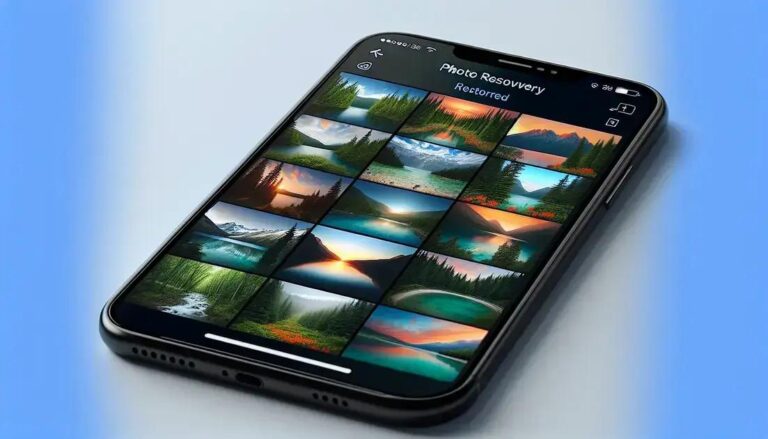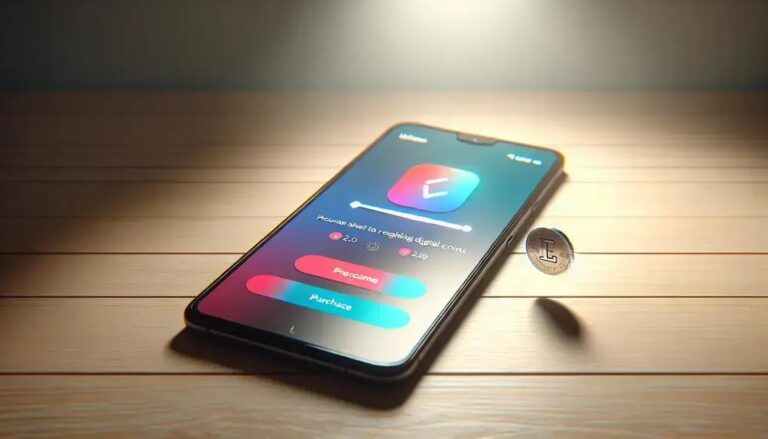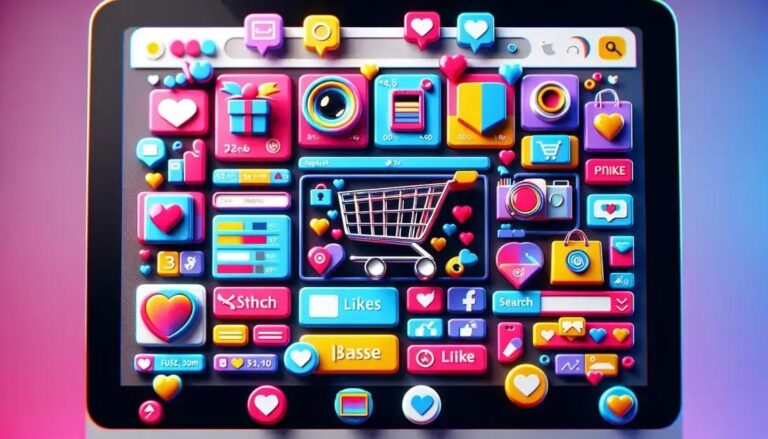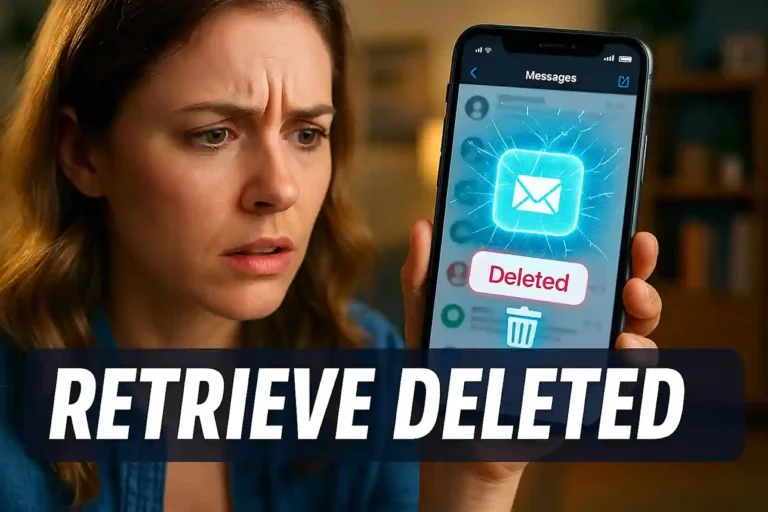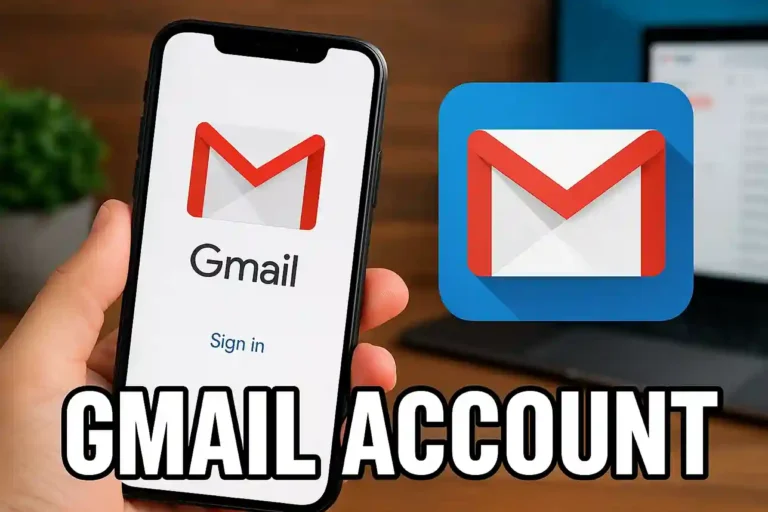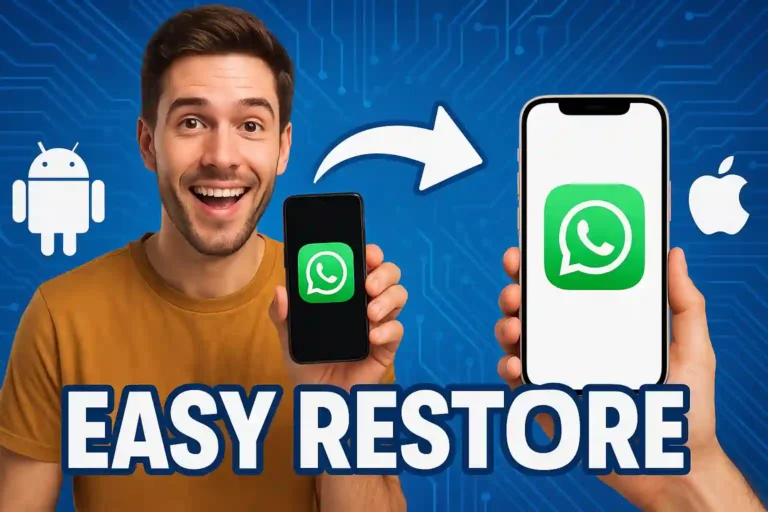How to Recover Images on Your Phone With Just One App
Has this ever happened to you? You glance at your phone and realize some of your treasured photos are missing. **Deleted images on your phone** can be a real heartache, especially if they’re irreplaceable moments. Let’s dive into why this happens and how you can bring those memories back.
Imagine losing pictures from your last vacation or that cherished family gathering. It feels like a piece of your personal history has vanished, right? Fortunately, there are ways to recover those images and safeguard future ones. I’ll share practical methods to help you navigate this uphill battle.
We all make mistakes, but accidentally deleting photos doesn’t have to be the end of the line. Whether you need step-by-step recovery guides or tips to prevent this from happening again, you’re in the right place. Together, we’ll explore strategies to retrieve those snapshots and keep them safe going forward.
Understanding Image Deletion On Phones
Understanding how image deletion works on phones is essential to prevent accidental loss of your cherished memories. Modern smartphones rely heavily on cloud services and temporary storage to manage their vast amounts of data, including photos.
Temporary Deletion and Recovery
Most phones, whether Android or iPhone, first move deleted images to a recycle bin or a ‘recently deleted’ folder. This allows you a window, typically ranging from 30 to 40 days, during which you can recover the images without any specialized software.
Permanent Deletion
Once this period expires, the images are permanently deleted from the device. However, they might still linger in cloud backups or external storage, depending on your settings. Many devices sync photos to services like Google Photos or iCloud, where they remain accessible unless explicitly deleted from there.
Understanding Storage Systems
Smartphones use different storage mechanisms which often involve both local and cloud storage. Understanding these systems can help you set up your phone in a way that reduces the chance of accidental deletions. For instance, turning on device backups ensures an extra layer of safety.
- Local Storage: Images saved directly on the phone.
- Cloud Storage: Images stored on online services like Google Photos.
- SD Cards: Used in some Android phones for expandable storage.
Regularly checking these storage options and understanding their settings can prevent most accidental deletions, ensuring your memories are safe.
Effective Methods To Recover Lost Photos
Finding effective methods to recover lost photos is crucial when accidental deletions occur. Fortunately, several techniques can assist you in retrieving those precious images.
Using Built-In Phone Features
Most smartphones come equipped with features like a ‘Recently Deleted’ folder in the photo gallery, which retains images for a set period. Make checking this your first step in recovery.
Utilizing Cloud Services
If your phone is linked to cloud services like Google Photos or iCloud, your photos may still exist there. Visit the cloud app and check if the images are backed up. You can restore them directly to your device.
Recovery Software
Steps for Recovery Programs
- Download a reliable recovery app like DiskDigger or PhotoRec on your device or computer.
- Connect your phone to the computer if necessary.
- Run a scan to locate recoverable images.
- Select images and restore them.
Make sure to perform this quickly, as new data may overwrite your deleted images.
By leveraging these methods, you can efficiently recover lost photos and keep your memories intact.
Tools And Apps For Image Recovery
In today’s digital age, losing images can be disheartening, but there are several tools and apps that make the recovery process much easier. Understanding which ones to use can greatly increase your chances of retrieving lost images.
DiskDigger
DiskDigger is a popular choice for Android users. Whether you’re dealing with accidental deletion or a factory reset, this app helps recover your images effectively. It scans your device’s internal memory and SD card for deleted files and offers a straightforward way to recover them.
Dr.Fone
Dr.Fone is a versatile recovery tool available for both Android and iOS devices. It provides a comprehensive solution for recovering lost photos, messages, and even videos. The software is user-friendly and supports a wide range of devices.
EaseUS MobiSaver
Key Features and Steps
- Download EaseUS MobiSaver on your computer or app store.
- Connect your device via USB or launch the app directly.
- Perform a scan to locate lost images.
- Select the photos you wish to recover.
With its powerful scanning capabilities, it’s a go-to choice for many users worldwide.
Recuva
For PC users, Recuva is an excellent freeware recovery tool that extends its capabilities to Android devices when connected via USB. It scans thoroughly to identify deleted images and offers options for secure data recovery.
Choosing the right tool depends on your device and specific needs, but these options offer reliable starting points for recovering your images.
Preventing Future Image Loss On Your Phone
Ensuring your photos are safe requires implementing strategies to prevent future image loss on your phone. Applying these methods can help keep your cherished memories intact.
Regular Backups
One of the simplest ways to protect your images is by enabling regular backups. Use cloud services like Google Photos or iCloud to automatically save your photos. This ensures that even if your phone is lost or damaged, your photos remain accessible.
Organize Photos
Keeping your photos organized into albums or folders can make it easier to manage data and recognize missing files early. Set aside time monthly to organize and review your collection.
Install Reliable Antivirus Software
Why Antivirus Matters
- Protects against malware that can corrupt or delete your files.
- Ensures secure backups without interference.
- Offers peace of mind while downloading or receiving files.
Choose trusted antivirus programs and keep them updated to safeguard your data.
Mindful Deletion
Accidental deletions are common but can be minimized. Double-check photos before deletion and use the ‘favorites’ tool for images you value the most.
By adopting these practices, you can effectively prevent image loss and preserve your digital memories.
FAQ – Common Questions About Recovering and Protecting Images on Your Phone
How can I recover photos that I accidentally deleted from my phone?
You can recover photos by checking the ‘Recently Deleted’ folder on your phone or using recovery apps like DiskDigger and Dr.Fone.
What is the best way to back up my photos?
Using cloud services like Google Photos or iCloud provides automatic backup and ensures your photos are safe, even if your device is lost.
Can antivirus software prevent image loss on my phone?
Yes, antivirus software can protect against malware that might corrupt or delete your images, keeping your data secure.
Are there any free tools available for photo recovery?
Yes, tools like Recuva offer free options for recovering photos, especially when used on a PC connected to your phone.
How can I organize my photos to avoid losing them?
Creating albums or folders and regularly reviewing your photo collection can help manage your files and notice missing images early.
What should I do if I can’t find my photos in cloud backups?
Check every device connected to your account for backups. If still missing, use specialized recovery software to scan for lost files.

